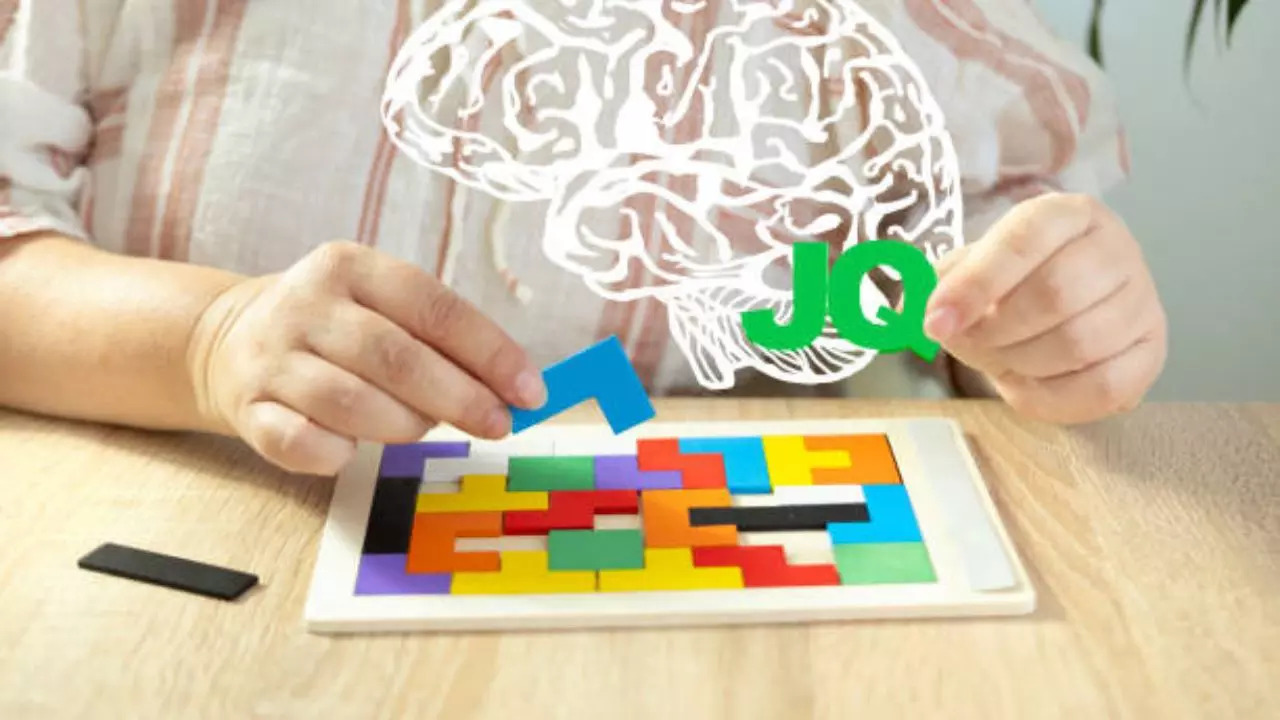Contents
AI can accurately detect autism in early childhood, doesn’t require extensive assessment, diagnostic tests
A new study says that AI can now help predict which young children are more likely to develop autism. This research conducted by the University of Louisville says that the AI looks for patterns in medical data that can be easily obtained even from children as young as two years old without conducting extensive assessment or diagnostic tests. According to the researchers, this will eliminate the need for extensive assessment and diagnostic tests, which usually delay diagnosis. Read on to know more.

The system relies on DT-MRI – a special technique that tracks how water travels along white matter pathways through the brain and detects the level of connectivity
Scientists have developed an artificial intelligence (AI) system that has a near-perfect record in diagnosing early autism in children. Combined with special MRI brain scans, the tool can diagnose children with 98.5 percent accuracy, according to the University of Louisville.
The findings will be presented next week at the Radiological Society of North America (RSNA) meeting in Chicago. “Our algorithm is trained to identify areas of deviation to determine whether a person is autistic or neurotypical,” Mohammad Khudri, a visiting research scholar who was part of the team that developed the system, said in a news release.
How does the AI system work?
Scientists say the system relies on DT-MRI – a special technique that tracks how water travels along white matter tracks through the brain and detects the level of connectivity. It then separates images from the scans and compares the patterns in the brains of children with autism to those of children whose brains develop normally.
“DT-MRI captures the abnormal connections that cause the symptoms often found in children with autism, such as impaired social communication and repetitive behaviors,” Dr. Gregory Barnes, professor of neurology and director of the Norton Children’s Autism Center in Louisville, said in the news release.
According to Dr Barnes, the results also had positive implications for identifying children who would face more extensive problems related to social communication, cognitive ability and developmental delays later in life.
How was the study conducted?
According to the researchers, they tested their method on 226 children aged 24-48 months from the Autism Brain Imaging Data Exchange-II. 100 of them were developing normally, while the remaining 126 were affected by autism.
The team then concluded that the AI approach was 97 percent accurate in recognizing true cases of autism and 98 percent accurate in identifying children who did not have autism. “Our approach is a new advancement that enables early detection of autism in infants under the age of two,” Khudri said. “We believe that therapeutic intervention before the age of three may lead to better outcomes, including the potential for individuals with autism to achieve greater independence and higher IQs.”
According to the U.S. Centers for Disease Control and Prevention, fewer than half of children with autism receive a developmental evaluation by age 3, and at least 30 percent of children who meet criteria for autism are not diagnosed by age 8.
Why is the diagnosis delayed?
Researchers say there are many reasons behind late diagnosis, including a lack of resources at testing centers, and that’s where they believe the new AI system can help. Since it details which brain pathways are affected, the report can produce function and severity scores that can be used to guide intervention. “The idea behind early intervention is to take advantage of brain plasticity, or the brain’s ability to normalize function with therapy,” Barnes said.
The researchers say they are now waiting for approval for the AI software from the US Food and Drug Administration.
Get the latest news on Times Now as well as breaking news and top headlines from across health and the world.


